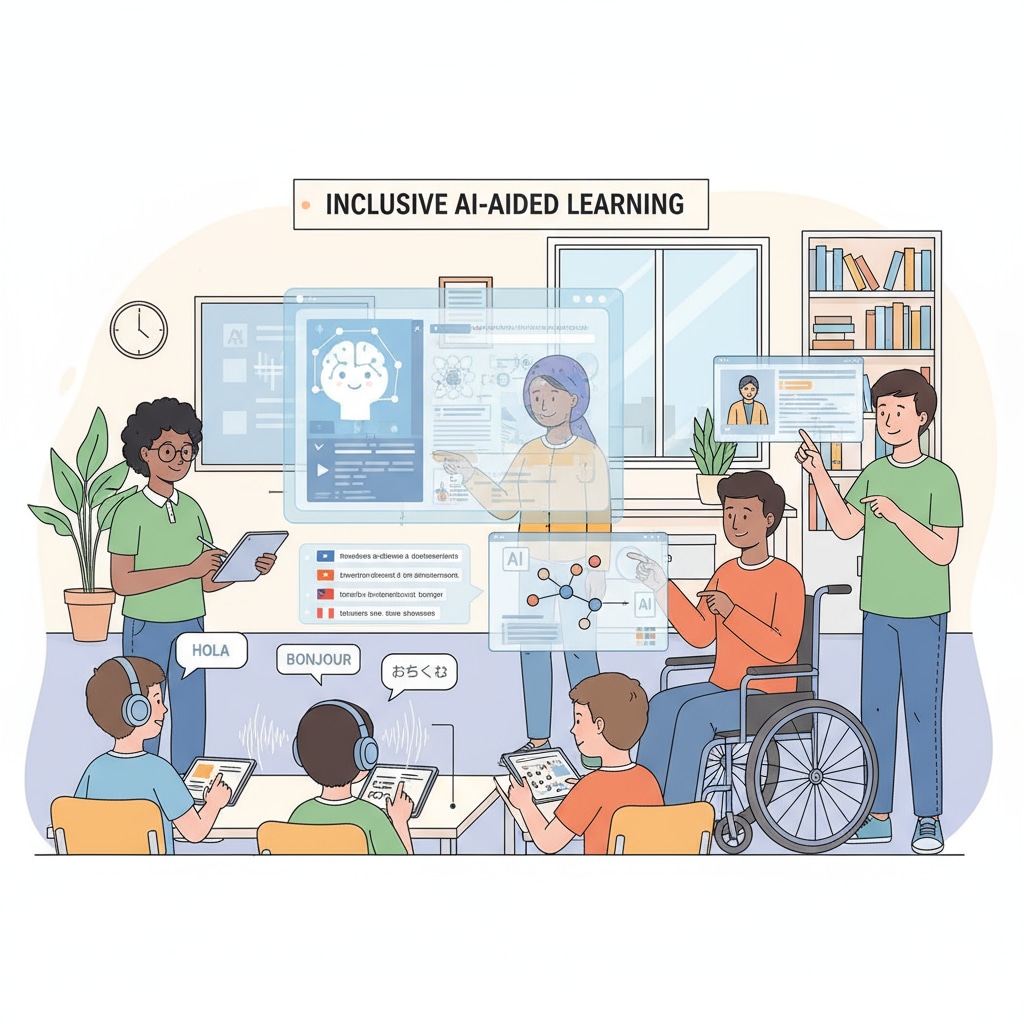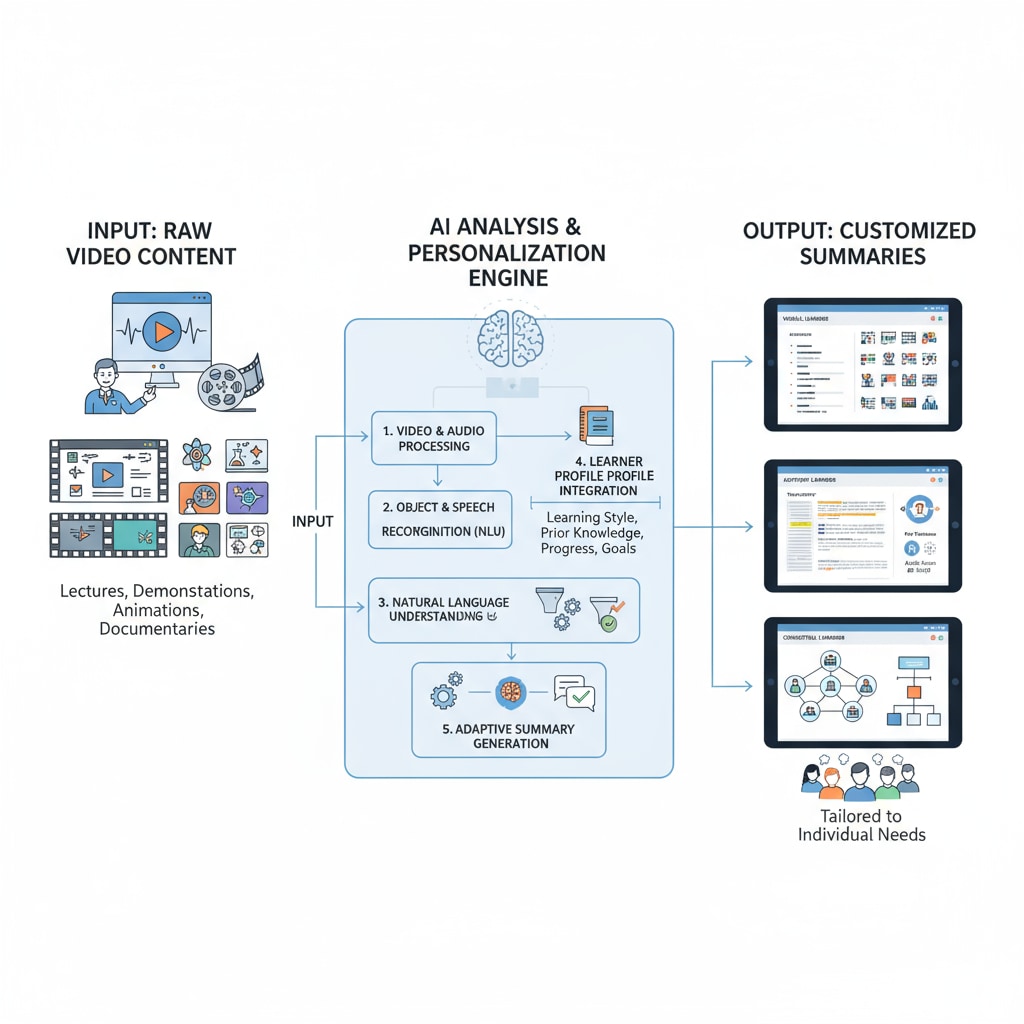Video teaching, learning equity, and AI assistance are revolutionizing the landscape of K12 education. With the increasing popularity of online education, AI technology is reshaping the possibilities of video teaching, especially in providing personalized support for students with learning difficulties. For example, Artificial intelligence in education on Wikipedia showcases how AI can be integrated into educational settings.

The Potential of AI in Promoting Learning Equity in Video Teaching
AI has the remarkable potential to level the playing field in K12 video teaching. One significant aspect is the generation of video content summaries. By analyzing the video content, AI can create concise summaries that are easy for students to understand. This is particularly beneficial for students who may struggle with processing large amounts of information during video lessons. For instance, students with learning disabilities can use these summaries to review key points and catch up with the class. In addition, AI can adapt the summaries according to individual learning needs, ensuring that each student receives the support they require. As a result, it helps in reducing the learning gap among students and promotes learning equity.

Ethical Challenges in Implementing AI in Video Teaching
However, the implementation of AI in video teaching for promoting learning equity also brings several ethical challenges. One major concern is data privacy. AI systems rely on vast amounts of student data to provide personalized services. Ensuring the security and privacy of this data is crucial. If student data is misused or leaked, it can have serious consequences for the students. Another challenge is the potential for bias in AI algorithms. Algorithms may be trained on data that contains biases, which can lead to unfair treatment of certain groups of students. To address these issues, strict ethical guidelines and regulations need to be established. As stated in Ethics of artificial intelligence on Britannica, ethical considerations are essential in the development and application of AI in education.
In conclusion, AI holds great promise in enhancing learning equity in video teaching for K12 education. The ability to generate personalized video content summaries is a powerful tool. However, we must also be vigilant about the ethical challenges and work towards finding appropriate solutions. By doing so, we can truly unlock the potential of AI in video teaching and create a more equitable learning environment for all K12 students.
Readability guidance: Short paragraphs and lists are used to summarize key points. Each H2 has a list to present information clearly. The proportion of passive voice and long sentences is controlled, and transition words are added throughout the text to enhance readability.


